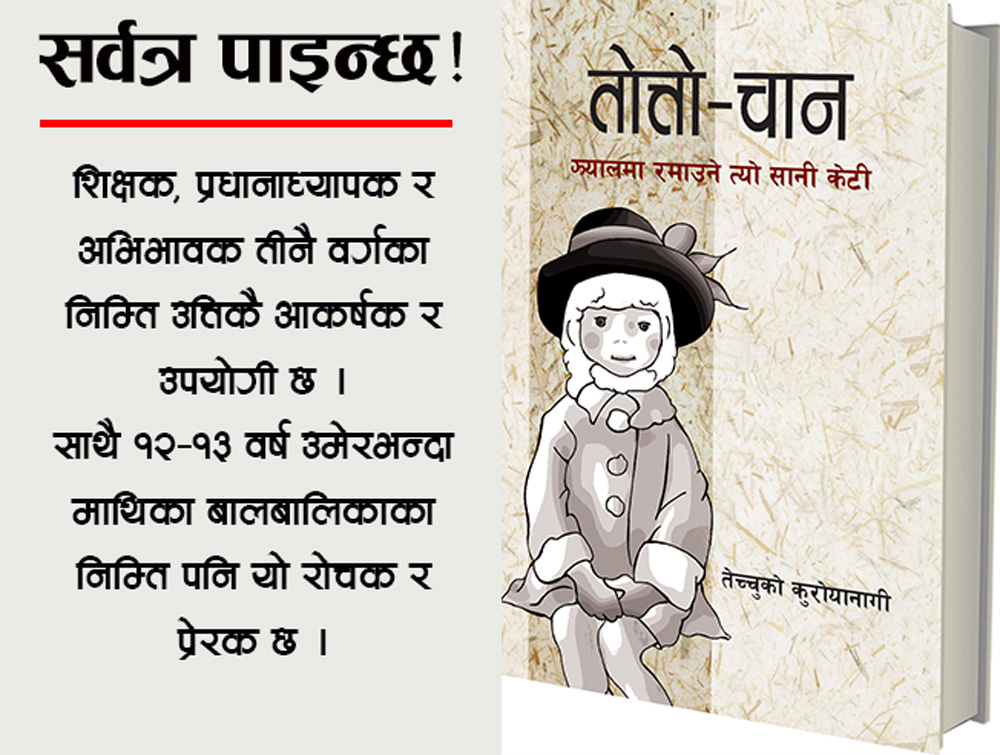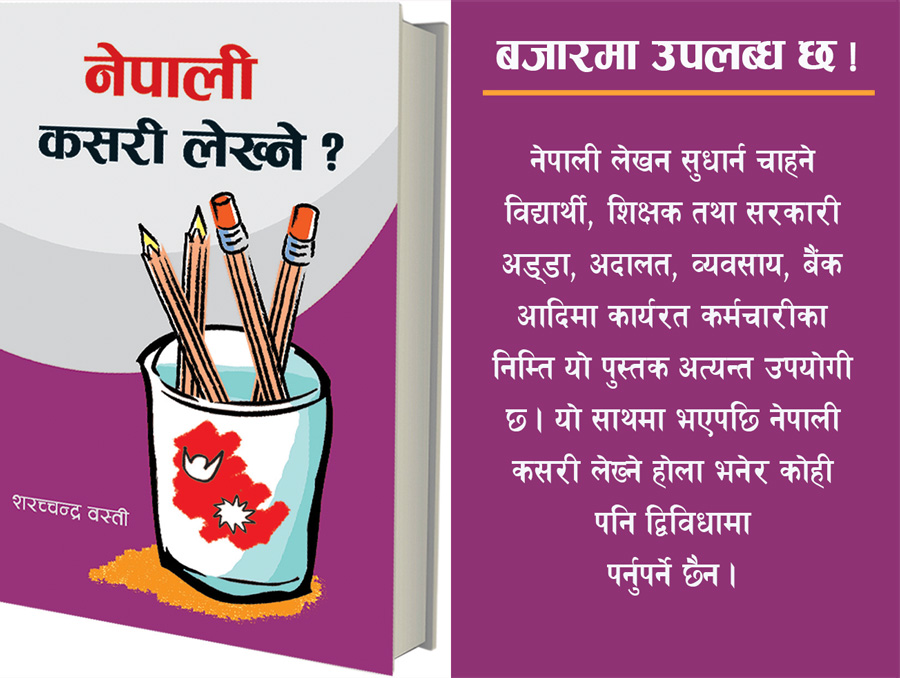Act Locally Think Globally
The English teachers have to play the most dynamic and resourceful roles in order to make their teaching productive. Since no method has proved a universal remedy, the teachers need to tag along more interdisciplinary, hybridized and contextualized ways of teaching English.
Teaching of English has ever been in a state of change. We have had about a dozen of methods and techniques recommended at different times. To put it another way, teaching of English that began with Grammar Translation Method, passed through Direct Method, Audio-lingual Method, Silent Way, Total Physical Response, moved on Communicative Language Teaching and has also witnessed very recently Task–based, Content-based learning, Participatory approaches, Cooperative Learning and Multiple Intelligences. Nevertheless, no method has proved a panacea and therefore, today the era of method is said to have come to an end and ELT is now deemed to be in the post-method thinking. This is why, teachers of English instead of adhering to certain prescribed trends, put into practice diverse strategies at different times suitable to their contexts and contents to make their delivery more effective and motivating.
Making a difference in ELT
Reflect, Reflect, but please do not neglect
To try out something different next time.
The above lines hummed by a renowned ELT expert Adrian Underhill in NELTA Conference stress the necessity of reflection to bring change in the existing ELT practices. According to him, an intelligent action in complex situations is unlikely to derive from the givens or universal models. Here are some measures that an English language teacher can take into consideration in order to make his/her teaching more productive and sparkling.
Develop a Flexible Attitude to Paradigm Shifts
We know that everything today is altering. To survive and succeed in the changing milieu, all including the teachers of English need befriend change. Bill Clinton, the former president of America said: ‘Profound and powerful forces are shaking and remaking our world and the urgent question of our time is whether we can make change our friend and not enemy’. ELT has ever changed owing to explorations in it. At the same time, global changes and local realities are sometime poles apart. In teaching, change is constant and adapting it to the local realities will always be an important challenge for ELT educators.
Nevertheless, the teacher has to think globally but at the same time he has to act locally. In other words, the teachers should be innovative and should have liberal attitudes to paradigm shifts in ELT and should try them out. Further, they also need to develop local knowledge that applies precisely to the settings and circumstances they are working in.
Use Anecdotes
Anecdotes are stories, usually from personal experience that people tell to make a point or entertain others during a conversation. Inserting anecdotes in presentations is a good strategy to attract and hold students’ attention. The English language teachers can use anecdotes form various sources to arouse students’ interest and establish a meaningful and memorable context for learning. The benefits of using anecdotes in EFL/ESL class are as follows:
• Attention grabbing anecdotes may wake up sleepy students, engage unmotivated ones with the task and reinforce a context so it is not easily forgotten
• Anecdotes reinforce the friendly relationship between teachers and students
• Anecdotes provide cultural experience if they are about experiences in English speaking countries
• Anecdotes contain natural language and therefore develop learners’ conversational skills
• Most importantly, short anecdotes can be used to motivate the students or to make the classroom more vibrant ( for effective classroom management)
Some considerations while using anecdotes
• Be honest, do not fabricate an anecdote on your own-students may understand it
• Be careful about local and national culture-students should not feel ashamed
• Make sure that anecdote is relevant to students’ cognitive and intellectual development

• Point out its worth and objective
• Use short anecdotes which do not take more than five minutes
• Use anecdotes reciprocally-let students also sometime share their anecdotes
Let's not forget our friends Orville and Wilbur Wright. Journalists, friends, armed forces specialists, and even their father laughed at the idea of an airplane. "What a silly and insane way to spend money. Leave flying to the birds," they jeered. "Sorry," the Wright brothers responded. "We have a dream, and we can make it happen." As a result, a place called Kitty Hawk, North Carolina, became the setting for the launching of their "ridiculous" idea.
Finally, as you read these accounts under the magnificent lighting of your environment, consider the plight of Benjamin Franklin. He was admonished to stop the foolish experimenting with lighting. What an absurdity and waste of time! Why, nothing could outdo the fabulous oil lamp. Thank goodness Franklin knew he could make it happen. You too can make it happen!
Initiate with Proverbs

Using proverbs in the EFL classroom, a teacher can draw the students’ attention. Proverbs are thought provoking and therefore in addition to motivating the students, they also develop the critical ability of the students. Particularly, the teacher can write a proverb on the board, discuss its meaning and compares it with similar or contrasting proverbs in students’ own language and culture. Proverbs are fascinating tools for motivating students. However, they need to be contextual. Some of the sayings that can be used in the class are:
• A book is like a garden carried in the pocket. Arab Proverb
• A bird in the hand is worth two in a bush. English Proverb
• A friend in need is a friend indeed English Proverb
• A teacher is better than two books. German Proverb etc. can be used in the class to captivate the students’ attention.
Elicit as much as Possible
It is advantageous for English language teachers to ask the students as many questions as possible. Eliciting is a means to encouraging students to talk. Moreover, it is an excellent way of involving learners in the learning process. It is an effective way of getting learners use English. By asking questions, English language teachers can amplify students’ speaking proficiency and lessen their inhibition. The teaching item taught previously can be recapitulated through elicitations. Elicitation is a strategy that can be used any time in the classroom to check students’ understanding. With elicitation technique, it is possible to involve the students more in the presentation-by asking students for their ideas and suggestions, getting them to contribute what they know already.
The following are the rationales behind using elicitation technique in the classroom
• To evaluate the student’s learning
• To analyze the learners’ needs ( what they do not know)
• To promote active learning
• To promote learner-centered teaching
• To motivate the students allowing them to display their image
• To diminish teacher talk time(TTT) and increase students’ talk time(STT)
Different things can be elicited from the students. Some of them are: vocabulary, contexts, meanings, rules, ideas, pronunciation, answers of questions, feelings and memories.
How to elicit?
a. Using different questions
Different kinds of questions can be asked to elicit information from students.
Yes/no questions
Yes/no questions are appropriate at beginning level. Less bright students can also be involved.
• Did Mr. Yadava go to Pokhara by plane
Choice questions
• Do you prefer tea or coffee?
Wh-questions
• How was the movie Spiderman?
Inferential questions
• What do you think could be the reason some people have recurring dream?
b. Eliciting from pictures
Pictures from either textbooks or other sources like newspapers or magazines can be used in the classroom to elicit new vocabulary. This activity focuses on what questions to ask to elicit language from a picture. For instance, a teacher takes a picture about farming in Terai region and asks the following questions:
• Where are they going to?
• What are they going to do?
c. Acting out (Mimes)
Different moods like angry, happy, and sad and movements of body like walking can be acted out and can be elicited from the student.
d. Prompts
Prompts are not questions but they do get students talking. Prompts can best be used after a text has been well exploited. Prompts can be made into a proper question form by prefixing them with Could you….? , or Who will…? For instance,
• Tell me about……..
• Summarize the poem in your own words.
e. Giving definitions or explanations or examples
Definitions or explanations of abstract concepts can be used to elicit. For instance, offering definitions, the word democracy or bravery etc. can be elicited.
f. Using concrete objects
Concrete objects like pen, hanky scissors etc. can be used in the class to elicit words.
Play Language Games
Communicative language teaching often makes use of games. The students find them enjoyable, and if they are properly designed, they give students valuable communicative practice. Different language learning games like bingo, secret messages, word games, guessing games, chain story etc. can be played in the class. Games do not only work as time fillers or mere warm-up activities but they also help learners to learn language unconsciously.
Guessing game
The guessing games are not only for fun but provide intensive language practice. Guess the picture; guess the sentence can be used very hilariously by language teachers in the EFL classroom.
Guess the picture
The teacher possesses a set of flashcards with simple pictures.

The teacher picks up one of them, does not show it to the class and ask the students to guess by asking questions. For example,
Teacher: Guess how I went to Janakpur
Students:
• Did you go by car?
• Did you go by bus?
Guess the sentence
The teacher writes a sentence on a piece of paper or card. He does not show it to the students but writes the basic structure on the board. For instance,
Teacher: I went (somewhere) to (do something)
Student:
• Did you go to market?
• Did you go to college?
Use Songs, Rhymes and Jokes
Particularly with the students of primary level, the use of songs and rhymes is highly beneficial. When the students recite or sing they assume the command of supra-segmental or prosodic features of language. Songs and rhymes also give insights into the target language culture. They are motivating. Songs, poems and rhymes have musical qualities and music creates a happy and relaxed atmosphere. &
This article is coordinated by NELTA.
(The author is associated with Thakur Ram Multiple Campus and NELTA, Birgunj)



